Plants
-
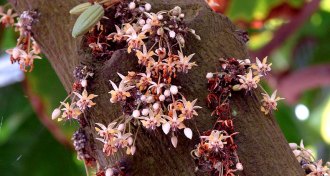 Plants
PlantsThe flowers that give us chocolate are ridiculously hard to pollinate
Cacao trees are really fussy about pollination.
By Susan Milius -
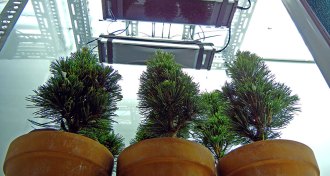 Plants
PlantsAncient ozone holes may have sterilized forests 252 million years ago
Swaths of barren forest may have led to Earth’s greatest mass extinction.
-
 Plants
PlantsPollinators are usually safe from a Venus flytrap
A first-ever look at what pollinates the carnivorous Venus flytrap finds little overlap between pollinators and prey.
-
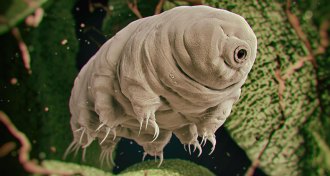 Animals
Animals2017 delivered amazing biology finds from organisms large and small
From giant African elephants to tiny tardigrades, scientists discovered some surprising biology this year.
-
 Plants
PlantsThe dietary habits of the emerald ash borer beetle are complicated
Tests answer some questions about the emerald ash borer’s hidden taste for olive and fringe trees.
By Susan Milius -
 Animals
AnimalsHoneybees fumble their way to blueberry pollination
Blueberry flowers drive honeybees to grappling, even stomping a leg or two down a bloom throat, to reach pollen.
By Susan Milius -
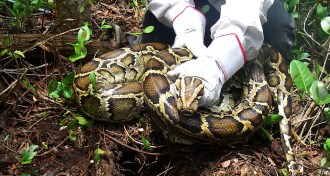 Ecosystems
EcosystemsInvasive species are a growing global threat
'The Aliens Among Us' describes how invasive species are colonizing — and disrupting — ecosystems worldwide.
By Sid Perkins -
 Climate
ClimateAs ice retreats, frozen mosses emerge to tell climate change tale
Plants long entombed beneath Canadian ice are now emerging, telling a story of warming unprecedented in the history of human civilization.
-
 Life
LifeNanoscale glitches let flowers make a blue blur that bees can see
Bees learn about colorful floral rings faster when nanoscale arrays aren’t quite perfect.
By Susan Milius -
 Climate
ClimateDuring El Niño, the tropics emit more carbon dioxide
El Niño increases carbon emissions from the tropics — mimicking future climate change.
-
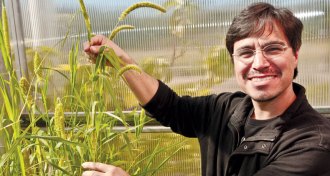 Plants
PlantsJosé Dinneny rethinks how plants hunt for water
Plant biologist José Dinneny probes the very beginnings of root development, which may have important implications for growing food in a changing climate.
By Susan Milius -
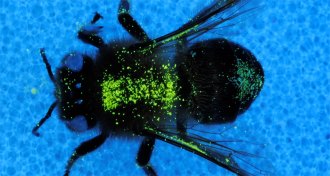 Animals
AnimalsPollen hitches a ride on bees in all the right spots
Flower reproduction depends on the pollen that collects in hard-to-reach spots on bees, a new study shows.